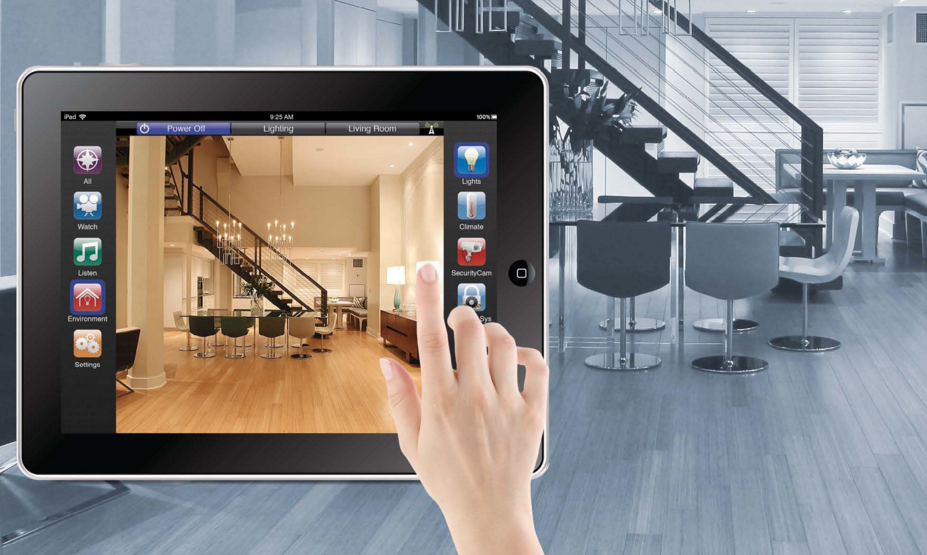Print has been a way in which societies have advanced for centuries. People have used print to communicate via cave paintings, to write prayers to gods in hieroglyphics. According to Ericsson, and a fact that many agree with, the printing press heralded a major technological development, enabling books to be produced on a mass scale so that they were able to be made available to a far greater number of people than ever before. This is known as the golden age of print. Print has allowed knowledge and learning to be spread. Print has driven societies forward in this way, allowing scientists and engineers and medics to share ideas around the world.
As Ericsson explains, there have been many media reports that “print is dead”. This idea has been driven by the fact that a lot of printed content has moved online. People often read books on mobile devices, and the news via internet websites. This has led to some businesses like newspapers and magazines struggling to survive, and people working at those businesses losing their jobs. However, Ericsson argues that this has brought with it some further incredible changes.
In the following short film, produced by Ericsson, the company at where print has taken us and where we are taking print.
Indeed, Ericsson recently reported on an exciting new project that it is undertaking to “make you part of the internet”, known as Connected Print. The organisation explains that the project:
“Uses printed electronics, mobile broadband and the connectivity of your body to bring a world of information to your fingertips”.
When Ericsson says “to your fingertips” it means this more literally than you might at first think. The concept is that you would be able to touch a printed image or piece of text and that information could be automatically sent to a person’s mobile device. There are countless applications of such an opportunity. For example, Ericsson suggests that this could be used for making sure you wash clothing in the right way, by being able to touch the label and getting tips for how to wash the product direct to your smartphone. Another very useful application is the ability to touch a pill bottle and clear information sheets on how to take the medicine to a mobile device. Yet another, which has profound implications for advertising is that you could touch an advertisement in a music magazine about a music performer and this could send you an invitation to a VIP event for magazine subscribers for this performer.
Like many recent inventions and technology innovations, this seems very futuristic and more the realm of a science fiction film than reality. Nonetheless, the technology is in development. It works in somewhat of a straightforward manner, according to Ericsson. There is a printed electronic ID, and a sensor, battery and chipset in the Connected Print. It is made as flat as normal text and it can be printed on just about any surface. When the user touches the printed text, the body’s “natural connectivity” takes the ID signal through to the mobile device in your hand. The device is then able to follow the link in the ID, from which it is able to download an image, a video, a service or a web page.
Some customers might worry that this technology is not safe. However, Ericsson assures customers that the energy levels utilised in Connected Print are very low indeed. The innovation uses the body’s own naturally occurring electricity, which is what Ericsson means when it refers to “natural connectivity”. Energy levels utilised are reported to be significantly lower than mobile technology energy levels use, and as pointed out by Ericsson, mobile technology has been demonstrated by countless studies to be safe for consumers to use. This indicates that this technology is also safe.
The possibilities that this new technology brings are both fascinating and too numerous to mention. Print is truly entering a new and exciting age, and it will be fascinating to see where it will end, if indeed it does. The Networked Society is truly having a phenomenal impact on people’s lives, delivering benefits that were previously unimaginable, or that quite simply just seemed impossible to deliver. Digitisation is shaking up the world as we know it, and it appears that print will be one of the significant benefactors of these very exciting changes.

Paula Newton is a business writer, editor and management consultant with extensive experience writing and consulting for both start-ups and long established companies. She has ten years management and leadership experience gained at BSkyB in London and Viva Travel Guides in Quito, Ecuador, giving her a depth of insight into innovation in international business. With an MBA from the University of Hull and many years of experience running her own business consultancy, Paula’s background allows her to connect with a diverse range of clients, including cutting edge technology and web-based start-ups but also multinationals in need of assistance. Paula has played a defining role in shaping organizational strategy for a wide range of different organizations, including for-profit, NGOs and charities. Paula has also served on the Board of Directors for the South American Explorers Club in Quito, Ecuador.



























